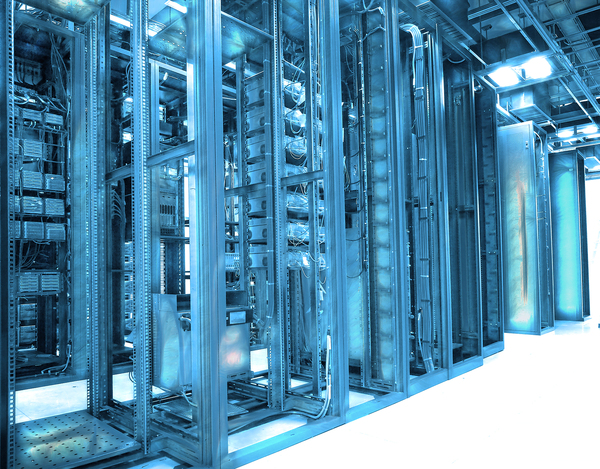While everyone is talking about the cloud, there is no real cloud; just a series of distant data centers accessed through the Internet. That makes on-premise data centers just as relevant today as the cloud. What’s happening in the data center industry in 2020, and how can business leadership adapt?
Data Trends for Business Leadership to Watch This Year
In the next two years, Gartner says 70% of the data produced will fall outside the data center, whether on-premise or in a remote cloud location. The big technology news in 2020 is that the large chunk of the explosive data growth will come from Internet of Things (IoT) devices, remote sensors connected to the web, and collecting massive amounts of information.
This year the IoT market will generate an additional $344 billion, with close to four billing external devices in use. This will create a massive strain on the current Internet backbone. The response is already in progress; bigger, faster 5G networks are coming. Distributed computing, which adds servers closer to the source of the data to thin out some of the load being handled by normal Internet architectures, is expected to normalize.
If these steps don’t occur—and they are already in progress—latency will become a standard part of the consumer internet experience.
Another trend to watch is artificial intelligence (AI) in the data space. The component parts of AI, machine learning, and natural language processing have become workhorses behind some of our most common products, of course. Still, it is in the data space where new inroads are occurring. Data Center Frontier says these innovations are driving a hardware arms race in the chip sector, with a strong demand for more powerful tools. They point out that higher chip power will have an impact on rack densities and liquid cooling.
Cloud computing in the enterprise space will continue to shift enterprise data loads and workflows. There will continue to be a migration from on-premise data centers to cloud providers and colocation sites, as well as cloud hybrid models. This will also play a role in the demand for better networks.

Watch for AI-driven server rooms that maximize staffing resources.
The labor shortage will continue to affect big data next year. There are simply more servers than bodies to manage them these days. Watch for increasing automation via the use of robotics process automation and workflow automation tools that will compensate for the lack of human horsepower. This trend will accelerate for a few years as more Baby Boomers retire.
As edge and distributed computing take hold, there will be more data centers to manage, but organizations will leverage smarter computing to run these facilities. Remote sensors will monitor temperature fluctuations in miles of server farms, relaying data to one human-controlled dashboard. Robotics will also come into play. Finally, watch for network security to also automate in an AI to AI arms between hackers and white hat IT teams.
Business leadership should pay close attention to these trends and shape their data strategy to take full advantage of this technology news.
